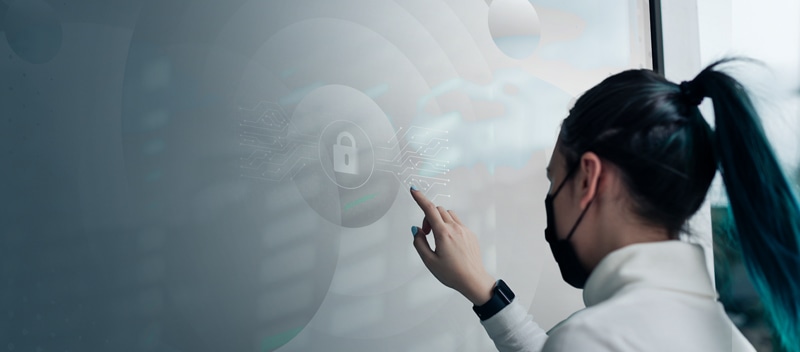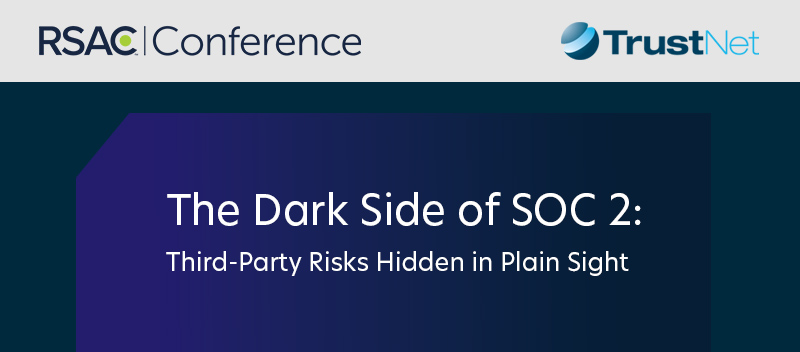Cyber Hygiene: Best Practices for Employees

TL;DR
Cyber hygiene refers to everyday practices that ensure the security and safety of digital systems, networks, and data. Adopting strong cyber hygiene reduces the risk of cyberattacks, including phishing, malware, and data breaches. Regular password updates, device security, and awareness of phishing attempts are key. Employees at every level play a vital role in protecting company data and creating a security-conscious culture.
Cyber hygiene refers to the routine practices and steps individuals and organizations take to maintain the health and security of their devices, networks, and data. Much like personal hygiene, these practices are essential for preventing infections, in this case, cyber threats like malware, phishing, and ransomware.
For instance, in 2024, over 20 school districts on Long Island experienced cybersecurity breaches, compromising the personal information of more than 10,000 students. Experts highlighted the challenge of maintaining robust cybersecurity due to limited resources and a significant role of human error, such as phishing and fake login pages, which accounted for nearly 45% of the breaches. (Source: nypost.com)
This guide is built for employees at all levels, from new hires to IT managers. You’ll learn:
- What cyber hygiene is and why it matters
- Real-world risks of neglecting cybersecurity hygiene
- A practical checklist of habits to keep company data secure
Use this article to take control of your digital safety, reduce risk, and help build a culture of cybersecurity awareness across your organization.
What is Cyber Hygiene and Why is it Important?
Cyber hygiene refers to the routine practices and steps individuals and organizations take to maintain the health and security of their devices, networks, and data. Much like personal hygiene, these practices are essential for preventing infections, in this case, cyber threats like malware, phishing, and ransomware.
When teams neglect cybersecurity hygiene, they create vulnerabilities that attackers can exploit. These breaches can lead to:
- Data loss or theft
- Financial damage
- Legal consequences
- Reputational harm
Even one careless click can open the door to ransomware or credential theft.
Employees play a crucial role in protecting their organization’s digital assets. Every team member, from interns to executives, acts as a frontline defender against cyber threats. By adopting strong cyber hygiene practices, employees help reduce risk and build a culture of cybersecurity awareness across the company.
Effective cybersecurity starts with daily habits. When everyone follows them, the organization stays safer, stronger, and more resilient.
Need Help Embedding Cyber Hygiene in Your Workplace? TrustNet helps organizations build a strong security culture from the inside out.
Essential Cyber Hygiene Best Practices for Employees
Developing strong cyber hygiene practices helps employees protect their accounts, devices, and the organization’s overall security posture. Below is a practical cyber hygiene checklist every employee should follow:
Use Strong, Unique Passwords
- Create complex passwords for each account using a mix of letters, numbers, and special characters.
- Avoid password reuse.
- Enable multi-factor authentication (MFA) to add an extra layer of protection.
Keep Software Updated
Install updates for your operating system, browsers, applications, and antivirus software as soon as they become available. Cybercriminals often exploit known vulnerabilities in outdated systems.
Stay Alert for Phishing
Avoid clicking on suspicious links or downloading unexpected attachments. Always verify questionable emails with your IT team.
Secure Your Devices
- Lock your screen when you leave your desk.
- Use company-approved VPNs when working remotely.
- Avoid using public Wi-Fi to access sensitive data or work systems.
Handle Data Responsibly
- Lock your screen when you leave your desk.
- Use company-approved VPNs when working remotely.
Back Up Critical Data
Regularly back up essential files using secure, IT-approved solutions. This minimizes downtime and data loss in the event of ransomware, hardware failure, or accidental deletion.
These practices form the foundation of daily cybersecurity hygiene and help build a security-aware workplace.
Building a Culture of Cybersecurity Awareness
Cyber threats are constantly evolving, making ongoing education and training crucial for employees at all levels. Here’s how to foster a culture of awareness:
1. Ongoing Cybersecurity Awareness Training
Cybersecurity awareness training should be continuous, not a one-time event. Regular sessions ensure employees remain informed about current threats, security practices, and potential risks. It also encourages vigilance in recognizing suspicious activities and adhering to company policies.
2. Benefits of a Cybersecurity Awareness Program
Participating in a cybersecurity awareness program offers several advantages:
- Simulated Phishing Tests: These mock scenarios help employees recognize phishing attempts and learn how to respond.
- Workshops and Seminars: In-person or virtual workshops provide employees with a deeper understanding of best practices, ensuring they stay proactive.
3. Encourage Reporting Suspicious Activity
Employees should feel empowered to report unusual activity without hesitation. By reporting potential threats, individuals contribute to the organization’s overall security posture. Employees should also be encouraged to ask questions if they are unsure about security procedures.
4. Reinforcing Cyber Hygiene through Leadership
Managers play a crucial role in reinforcing cyber hygiene. Regular reminders, such as short security briefings or weekly tips, help maintain focus on best practices. Recognizing employees who follow proper security procedures can also motivate others to do the same.
By committing to cybersecurity awareness, both employees and managers create a proactive environment where everyone contributes to maintaining a secure workplace.
FAQs and Common Misconceptions
Which of the following are good cyber hygiene practices?
A: Good cyber hygiene practices include using strong, unique passwords, enabling multi-factor authentication, keeping software updated, and being cautious with suspicious emails or links.
How often should I update my passwords?
A: It’s recommended to update passwords every 60–90 days. However, if you suspect a breach or if a service has been compromised, update them immediately.
What should I do if I suspect a phishing attempt?
A: If you suspect a phishing attempt, do not click any links or open attachments. Report it to your IT team immediately and delete the suspicious message.
Common Misconceptions
“Antivirus alone is enough.”
Antivirus is just one layer of defense. Effective cybersecurity requires multiple measures, including strong passwords, encryption, and user awareness.
“Cybersecurity is only IT’s responsibility.”
Cybersecurity is everyone’s responsibility. Employees play a vital role in maintaining safe digital practices, reporting suspicious activities, and following security protocols.
“Weak passwords are not a big deal.”
Weak passwords are an easy target for hackers. Strong, unique passwords protect your personal and company data from unauthorized access.
“Once I complete training, I’m set.”
Cybersecurity is a continuous process. Regular training, reminders, and staying updated on threats are key to maintaining good cyber hygiene practices.
Improve Cyber Hygiene with TrustNet’s Expertise
Good cyber hygiene is essential for every employee to protect personal and company data. By following strong cyber hygiene practices, you help safeguard the organization from cyber threats.
Next steps:
- Review your cyber hygiene practices to ensure they align with company policies.
- Identify vulnerabilities in your daily operations that could expose the organization to cyber threats.
- Participate in cybersecurity awareness training to stay updated on emerging risks and best practices.
- Engage with TrustNet for expert support in improving your security posture and safeguarding the workplace.
Review your cyber hygiene with TrustNet and help keep your workplace secure.
Subscribe to the TrustNet Newsletter
actionable cybersecurity strategies, and TrustNet’s cutting-edge solutions.




